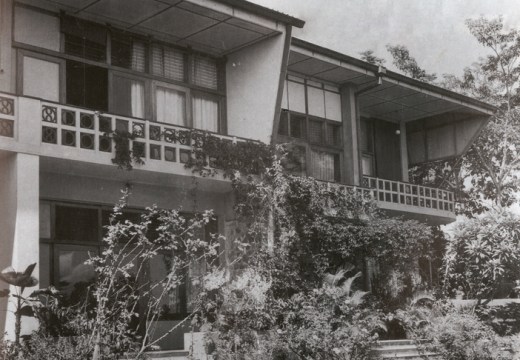In a world where architectural marvels often fade into obscurity, it is imperative that we recognize and preserve the legacy of great architects. One such luminary is Minnette de Silva, whose contributions to the field cannot be overstated. However, it is disheartening to witness her buildings succumbing to neglect and decay. This article aims to shed light on the importance of safeguarding de Silva’s architectural masterpieces for future generations.
A Visionary Ahead of Her Time
Minnette de Silva was not just an architect; she was a visionary who defied conventions and pushed boundaries in her designs. Born in Sri Lanka with an Ecuadorian English accent that added a unique charm to her persona, de Silva’s work seamlessly blended elements from different cultures while incorporating modernist principles.
Her innovative approach can be seen in iconic structures like the Kandalama Hotel, which harmoniously integrates with its natural surroundings through organic shapes and sustainable materials. De Silva’s commitment to environmental consciousness was truly ahead of its time.
Furthermore, her pioneering efforts extended beyond architecture itself. As one of the first female architects in South Asia, she shattered gender barriers and paved the way for countless women aspiring to enter this male-dominated profession.
Preserving Cultural Heritage
The deterioration of Minnette de Silva’s buildings represents more than just physical decay; it signifies a loss of cultural heritage. Each structure tells a story – a narrative woven by its creator – reflecting historical context and societal values at that time.
To allow these buildings to crumble would be akin to erasing chapters from our collective history book. They serve as tangible reminders of our past achievements and provide invaluable insights into architectural evolution over decades.
Preserving de Silva’s buildings not only honors her legacy but also fosters a deeper appreciation for the architectural heritage of Sri Lanka and beyond. It is through these structures that future generations can connect with their roots, fostering a sense of pride and identity.
A Call to Action
The urgency to act cannot be overstated. We must rally together as architects, historians, preservationists, and enthusiasts to ensure Minnette de Silva’s buildings are protected from further deterioration.
This endeavor requires concerted efforts in terms of funding, expertise, and public awareness. Governments should allocate resources towards restoration projects while collaborating with architectural organizations to develop comprehensive conservation plans.
Additionally, educational initiatives should be implemented to raise awareness about the significance of preserving cultural heritage. By instilling a sense of responsibility in younger generations, we can create a lasting impact on the preservation movement.
Conclusion
In conclusion, Minnette de Silva was an extraordinary architect whose contributions deserve recognition and protection. Preserving her buildings goes beyond mere admiration; it is an investment in our shared history and cultural identity.
We have the power to prevent these architectural gems from fading into oblivion – let us unite in our commitment to safeguarding Minnette de Silva’s legacy for generations yet unborn.
